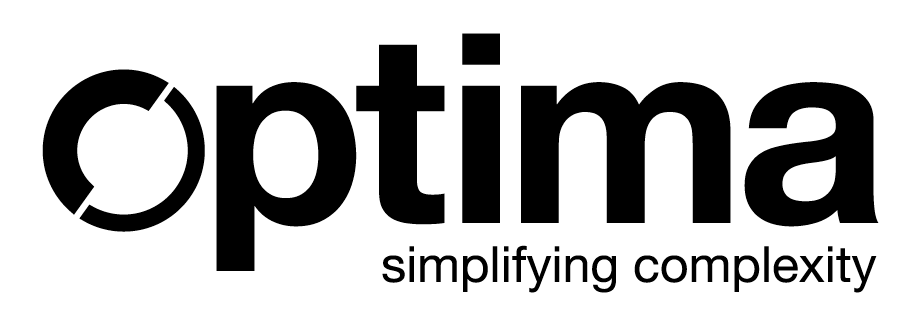Cost of quality in service labs is often a challenge that lab managers face and have to overcome on a regular basis
In fact, many decision makers have limited understanding of the costs related to quality and its improvement, which turns out to be an obstacle in the daily operations and in the achievement of qualitative results.
The concept of quality is key for service labs, whose services are purchased mostly because of the ability of the lab itself to deliver on time and with high standards. The market is extremely competitive and only by proposing a distinguishing level of service, an organization can be selected to perform the tests required by the customers.
Many companies have probably focused their strategy in building a unique set of services that no other organization can offer. They have specialized their team to ensure they are responding timely and effectively. They may have acquired top-end technologies to offer unique testing capabilities. They may have priced their activities to be extremely competitive.
It comes without saying that Cost of quality is a hot topic to be carefully evaluated, in every industry and in every environment
The goal is to be provocative on the difficulties to have a clear understanding of the cost of the quality activities in service labs and consequently the price of these services is not evaluated properly
How do we measure cost of quality in service labs?
How much time can we spend on creating a sophisticated system to measure the costs of our activities? Only when this question is answered, the efficiency of the organization can be evaluated, specific KPI’s can be defined and concrete actions for improvement can be developed. Moreover, the cost of the activities is defining a very detailed financial evaluation of the different commercial proposals allowing the company management to take strategic decisions for the future.
This piece of information is generally missing. Companies too often take decisions based uniquely on commercial interests, market analysis and competitiveness. It does not mean this is the wrong approach. It means that a detailed financial analysis should be associated to every commercial decision. The activities may not be financially rewarding in the first place. This is acceptable, provided a clear plan is defined and a concrete date is set in the plan to go to break-even.
The cost of a service lab is based on several items. Some of them are easily tracked by the company’s financial system, such as instrument amortization, service contracts with the providers, etc.
The cost of the organization is often analysed in too few details. An assemble of the cost of the people is split in a very inaccurate manner between the different commercial activities. The result is an “averaged” cost which does not help at all to understand which business activities are really remunerable for the organization.
Analyse the cost of the organisation in service labs with data capturing
In order to get to the point that every commercial activity is properly associated with its financial performance, a system should be put in place to collect the required raw data. Which raw data? The amount of time spent by each individual in performing the activities and the amount of time a given instrument is used, possibly associating all required material (consumables, etc.) to perform the given test.
Only when this large amount of data is collected, a reporting system can be designed and implemented to provide meaningful information to the management.
Is it possible? Absolutely yes. Nowadays, it is possible to store the information indicated above. In many cases, the data capture can be performed automatically. If we focus on the resource scheduling (human resources and instruments), Optima offers a complete set of functionalities to store the time dedicated by each individual in performing testing activities and all the other tasks required in a laboratory (instrument calibration, maintenance, administration, etc.). Optima offers the opportunity to track the amount of time an instrument has been in service.
The powerful links provided with Optima allows all laboratories to virtually connect Optima to any system, completely automating the data capture.
The end result is a full set of reporting capabilities that can be provided to the management.
This would allow the verification of the assumptions made during the strategic evaluations, in terms of financial sustainability of the efforts.





